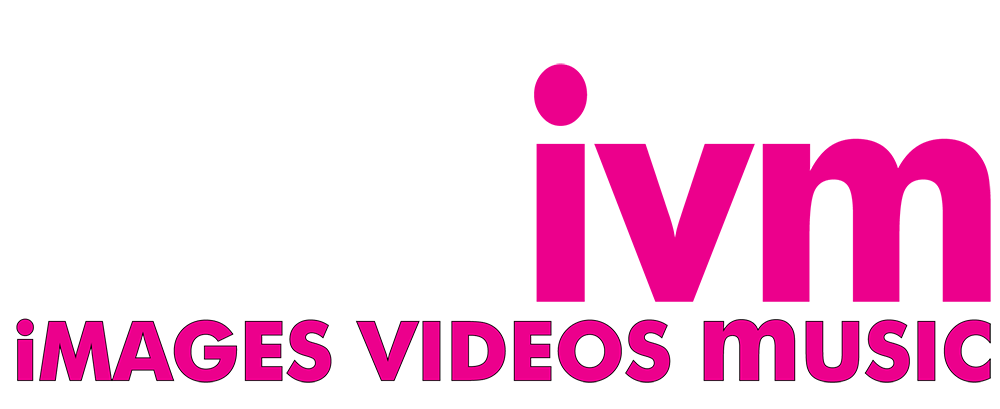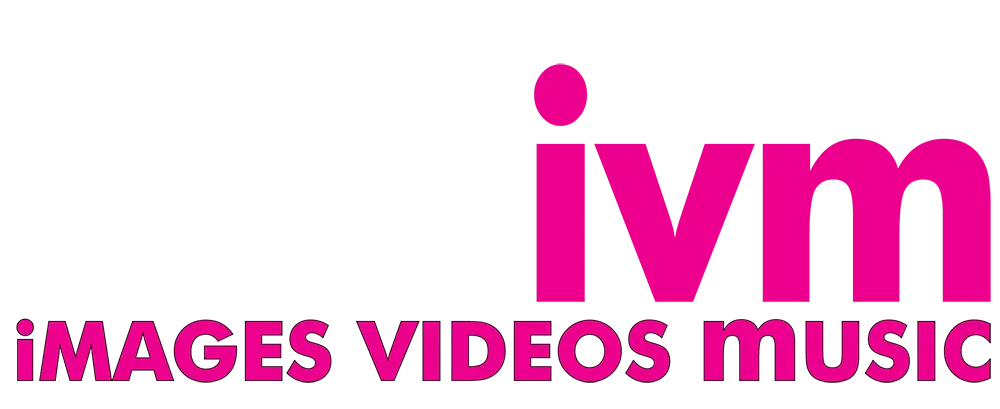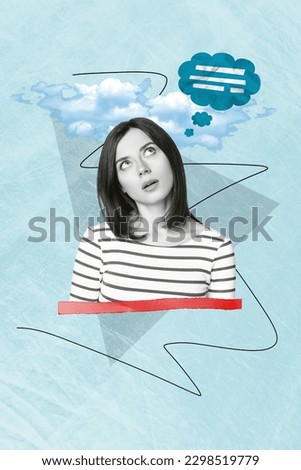Think back to when you were a student and you had to read your textbook for homework. Remember the silent joy you felt when you turned a page and saw that the next page was 90% pictures and 10% text?
Pictures play a strong role in any content’s success for adults as well. It might not be because the reader is trying to get done with their homework and head out to play. Still, the right number and type of visual elements can make any content more engaging. Here’s what you need to know:
The Importance of Visual Elements in Written Content
Some content creators assume that visual elements distract from their written message. In fact, it visuals call more attention to your text and help it work harder for you. Here are some reasons why:
Catches a Reader’s Eye
When it comes to making your content successful, half the battle is getting readers to notice it in the first place. We all like to think we choose content based on its intellectual value. In truth, though, we’re drawn in by attractive images and attention-grabbing colors.
Having an attention-grabbing stock photo toward the top of your content draws in a reader’s eye. Maintaining a flow of great visuals throughout will keep your reader’s focus.
Makes Your Text Look Less Overwhelming
In most cases, we read content in short bursts. Your readers are busy, so they want a quick way to get the information they want. If they land on your page and see a big block of text, they may say, “I don’t have time for this,” and move on.
Breaking up your text with visual elements makes your content more digestible. The balance depends on the medium. For emails, aim for 80% text and 20% images. For other types of content, use an image about every 150 words.
Keep in mind, however, that you shouldn’t put images for the sake of having them there. Your images need to be relevant to your content. They don’t always need to convey information themselves, but they should complement your information.
Explains Certain Aspects of Your Content More Thoroughly
No matter how strong of a writer you are, certain information is easier to convey through pictures. For example, let’s say you’re trying to explain the different parts of a plant’s anatomy. You can give a brief explanation of each part. However, it’s important to offer a visual diagram as well.
You don’t need to hire a professional graphic designer to make these images yourself. You can purchase infographics to use and customize. These are easy to manipulate so you can get your information across in an efficient way.
Puts a Face On Your Content
Your images don’t always need to be informational. It can be helpful to use a person’s photo to make your content more relatable.
One example of this strategy is to include a photo of the person writing your content. For instance, perhaps you’re an interior designer writing a blog. Include a picture of yourself so readers feel like a real person is speaking to them. This also helps you establish yourself as a personal expert.
If your content is talking about a specific person, it can also help to include the subject’s photo. For example, if you’re writing a chapter about George Washington for a history book, add an image of George Washington. Readers can put a face to the stories and retain the information with more ease.
Allows You to Convey More Information
As important as it is to craft your words carefully, most people will read a minimal amount of your text. In fact, 81% of educated people skim text rather than reading it in its entirety.
On the other hand, readers are drawn to images when they skim. When you put information into a visual element rather than plain text, you boost the chances that a reader will see it.
Helps to Build the Atmosphere and Attitude
Every piece of content has a tone and an atmosphere it wants to convey. It’s a way to relate to your readers and engage them in your content.
A picture goes a long way toward this goal. As you’re looking for images to include in your content, make sure they stick to a consistent tone.
Conveys Your Brand
Branding should be a consideration in everything your business produces, and that includes written content. The images you choose are a vital way to perpetuate your brand within your content.
You should always include your logo somewhere in your content. However, it shouldn’t be your only visual element.
Keep your brand in mind as you create or choose your other images as well. For instance, use your brand’s signature colors when you create an infographic. Look for images that are consistent with your brand as well, whether that brand is modern, artsy, or rustic.
Makes Your Content More Shareable on Social Media
If your content will be online, you need to think beyond the reader that’s already on your page. You also need to think about attracting new readers when you post your content on social media.
An attractive image will draw a user’s eye. There’s extensive data to show that readers use visual appeal to determine if they’ll click on a post. For instance, posts with images get as much as 650% more engagement than posts without images.
This doesn’t just mean that you should add an image when you post your content on social media. It also means you need to include images within your content so that social media platforms will show the images when others share your content.
Enhancing Your Written Content with Visual Elements
Visual elements are one of the most important ways to boost engagement and readership for your content. Still, it’s not enough to include images; you need to choose the right ones as well. Attractive, informative visual elements can make the difference between a mediocre result or monumental success.
To start optimizing your content’s appearance, shop for illustrations, stock photos, and other visual elements, just check out some samples below:
Premium Stock Images from Shutterstock (Save 10% using Coupon Code SS10):







































